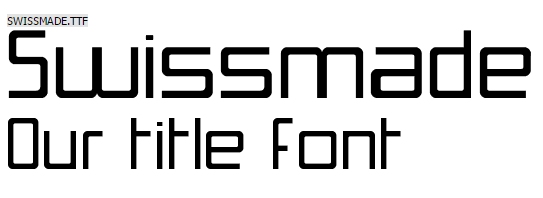Forms & Conventions of real media products which we used
Typical features of opening sequences:
-Genre codes
-Institutional information
-Enigma codes (scroll down)
-Narrative/Storyline, events
-Titles
Our own film includes all of the
above, following the typical
format of an opening sequence.
Its function - to introduce the
storyline & mood whilst building
sufficient tension and using
relevant codes (e.g enigma) to
sustain the audience's attention.

Genre codes in our sequence:
As our film is of the psychological thriller genre, we paid attention to how this would be connoted and how it is often represented through sound, mise-en-scene and character in real media products.
Sound:
Our music's "pulsing analogue beats" & "sparse driving beat" helped to build pace and tension throughout the opening sequence. Its conclusion to a drum beat at the end of the sequence acted as a good basis to create suspense and feed into the enigma code, as the audience is unaware of Grace's next violent action. (Barthe's theory)
Mise-en-scene:
The deliberate use of props such as the moodboard and social media immediately connoted the stalker, Grace, and created an uneasy mood typical of other psychological thriller films. Meanwhile, the knife which she pulls out of a drawer represented the elements of the horror genre which we also aimed to include, and distinguished itself from a crime or action film, where a gun would be more conventional.

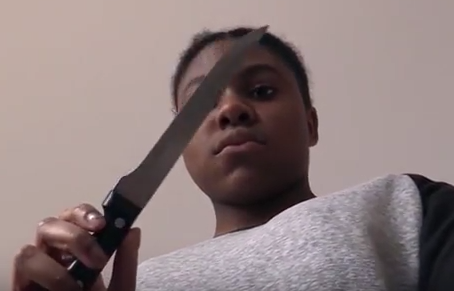
Genre codes in our sequence (continued):
Character:
Our character is the main focus of the sequence: seen in almost every shot, and coupled with her meticulous and aggressive behaviour, not only follows conventional openings in general to introduce the main character but also conforms to codes of the psychological thriller genre.
Visuals & Titles:
We also connoted elements of the cyber-stalking genre through our titles and ensured that we used a sans-serif typeface which connoted technology. Additionally, our grading and use of cold, blue tones further incorporates typical elements of the psychological thriller genre.
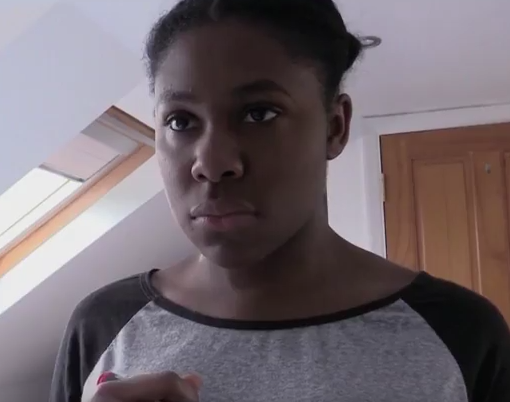


Institutional information:
We found that it was conventional (whether with psychological thrillers or any other genre) to include institutional information at the start of the sequence in the form of an ident. As such, we included the logos of both our production company (Bugle Films) and distribution company (Film4).
It is not only typical practice to include the idents at the start of the film, but also informs the audience that they are viewing a thriller film through the Bugle Films logo, and that it is a British independent film through Film4. Additionally, the audience may gain a sense of brand familiarity through the idents, and will be more likely to go and see the film.
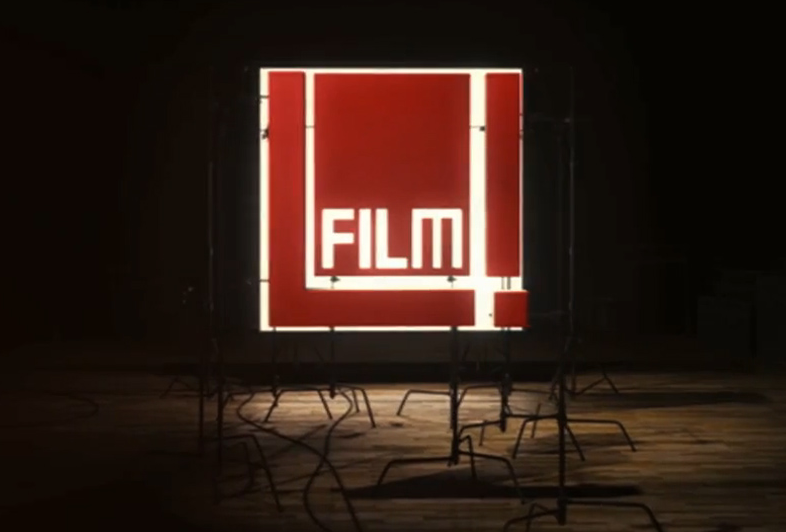

Conventional events
The use of events and actions was an aspect which I feel we developed within our opening sequence.
Whereas conventional films gradually build up threat towards a dramatic event such as attempted murder in order to create a sense of tension, our film reveals Grace's aggression and intent relatively early in comparison to typical psychological thrillers.
Whilst Grace slowly reveals her obsession and growing anger in the opening sequence, this differs to typical psychological thrillers such as 'One Hour Photo', where the antagonist's actions & unhinged state are revealed much more gradually throughout the film. For instance, although the film opens in a police interview, 'One Hour Photo' slowly reveals antagonist Sy's attempts to force his way into the Yorkin family from his huge collage of their photos, to his eventual jealous blackmail of Will Yorkin to take sexually suggestive photos.
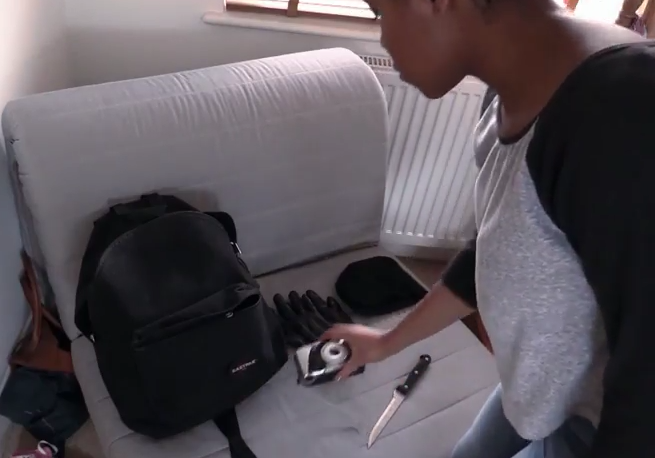
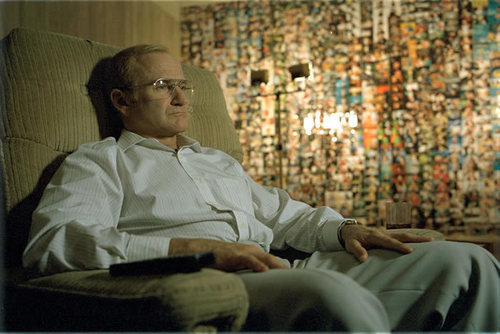
Titles:
It is also conventional for opening sequences to include titles introducing roles and members of the crew & cast. We followed convention from other psychological thriller films, choosing a digital, sans serif font similar to 'Cyberbully' which connoted technology.
Additionally, we added a typing effect similar to that on the titles of 'Unfriended' which reinforced the social media USP of our film.
